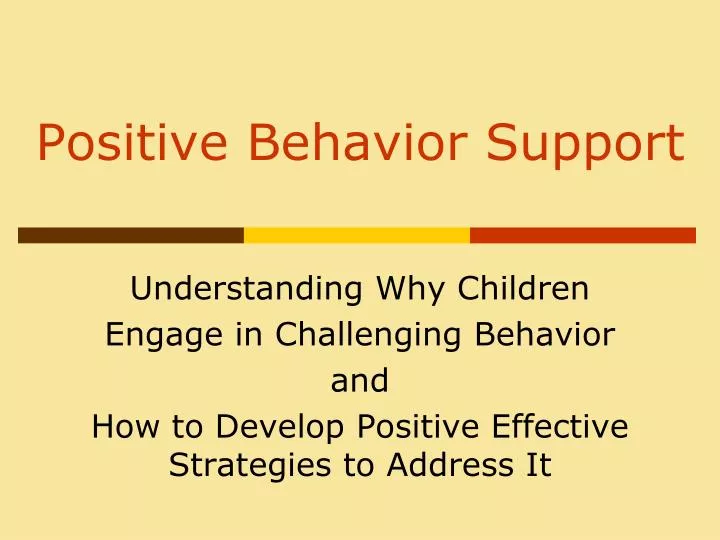To start using PBS in your treatment plan, it is important to understand what constitutes a problem behavior. Problem behaviors can be defined as any behaviors that cause difficulty or distress for the person exhibiting them, their family members, or other people around them.
Some common problem behaviors include aggression, defiance, hyperactivity, impulsivity, and disobedience. You can navigate here to get a positive behavior support service.

Image Source: Google
Who Should Get the Help of a PBS?
PBS stands for Positive Behavior Support, which is a type of intervention used to help reduce the number of problems and incidents that occur within schools and communities. PBS can be beneficial to any individual or group, but it is especially helpful for students who have difficulty following rules, behaving appropriately, and interacting with others.
PBS is also known as a “positive reinforcement” intervention because it uses positive feedback to help students learn new skills and improve their behavior. In order to receive positive reinforcement from PBS, students must display appropriate behaviors. This usually means following the rules set by their teachers and peers.
PBS can be used in combination with other interventions, such as behavioral contracts or individualized educational plans, to provide the most effective treatment for students.
There are a few things you should keep in mind if you are considering using PBS in your school or community:
– PBS should be implemented in a systematic way so that every student receives the same level of reinforcement. This means that each student’s behavior should be evaluated regularly to ensure that they are receiving positive feedback.
– Students must be willing to follow the rules set by their teachers and peers in order to participate in PBS. If they do not